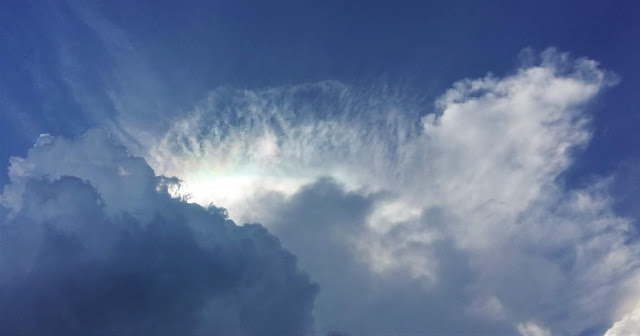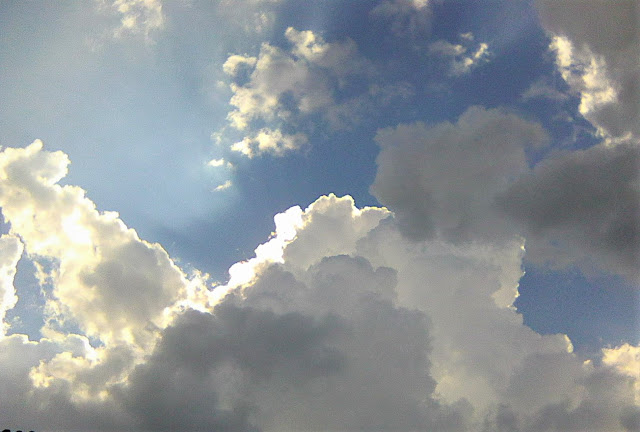Bridled Terns (Onychoprion anaethetus) are not really rare but because they are often found in deep waters, they are seldom seen near the shore. Pelagic trip is perhaps the only way to see them closely. According to my birding buddies, the month of June is the best time to see Bridled Terns.
This Bridled Tern was flying casually along side our boat.
Photographing birds in the sea can be quite a challenge but my birding buddies seem to like this photo.
This time i woke up at about 4.30am. After a quick shower and a cup of coffee with two half boiled eggs, i am already on the road. After about an hour and a half of driving, i reached the jetty at about 6.30 am. It was still dark but the sky was already swarmed with hundreds of Black-Crowned Night Herons and Little Egrets. By 6.50 am we were already heading out to the sea. On the way I could see the sea water color changes from brown to green and finally pitch black. My main aim on this trip was to see as many waders in their breeding colors as possible and also some rare pelagic birds if i am lucky enough.
There were only a few 'pukat tunda' (trawler) boats around.
Unfortunately there were no shearwaters or storm petrels while waders are just a handful. Birds seen this time were mainly Bridled Terns together with some Common Terns and a couple of Germain's Swiflets. Most of the Bridled terns were in their non-breeding colors and were said to be on migration.
Most of them are adult birds as identified by the more experienced birding pals.
The long dark trailing edge to whitish wings separates it from the quite similar looking Common Tern. Also have a look at its deep forked tail.
They don't fly as high as some birds.
(Note: in a few pelagic reports from S'pore, it was reported that some of them were seen flying northwards from South. Could they have been flying all the way from Australia?)
Most of the Bridled Terns were seen 'resting' in the sea instead of airborne.
I guess they may have used the Malacca Strait as a 'refueling' area in their migration route.
From afar, they could look like an 'itik air'.
In flight they can be as elegant as a Common Tern
This was the only Bridled Tern in breeding plumage seen on the entire trip.
From the above photo, you can see that the tail streamers are slightly longer than the tip of its primaries.
As long as they are on top of something they will feel safe.
So far i did not notice any of them catching any fish. Perhaps they are just on a R&R mode.
Occasional they were seen together as well.
Resting on a large piece of drifting log.
About to take flight.
Unlike the Bridled Terns, there were very few Common Terns in the sea. Most of them were seen flying in a distance nearer to the coastline.
According to the local experts here, this is a Ssp S.h tibetana whereby during breeding time, their bill does not have the black tip as shown by some Common Terns in other regions.
From the above photo, you can see that its primaries extend further than its tail streamers unlike the above Bridled Tern.
A Common Tern flexing its wings.
Moving nearer to the shore, we can see lots of Whiskered Terns
They would prefer to rest on poles instead. During breeding time, their bill and feet are actually dark red instead of black.
Like the Little Terns, Whiskered Terns are fond of resting on mudflats as well.
This is how you wade thru the mudbanks. The Beatles would have been proud of them.
Until we meet again in the next trip !
NO OCEANS ARE FAR ENOUGH FOR YOU TO REACH SO AS YOUR AMBITIONS !


























































